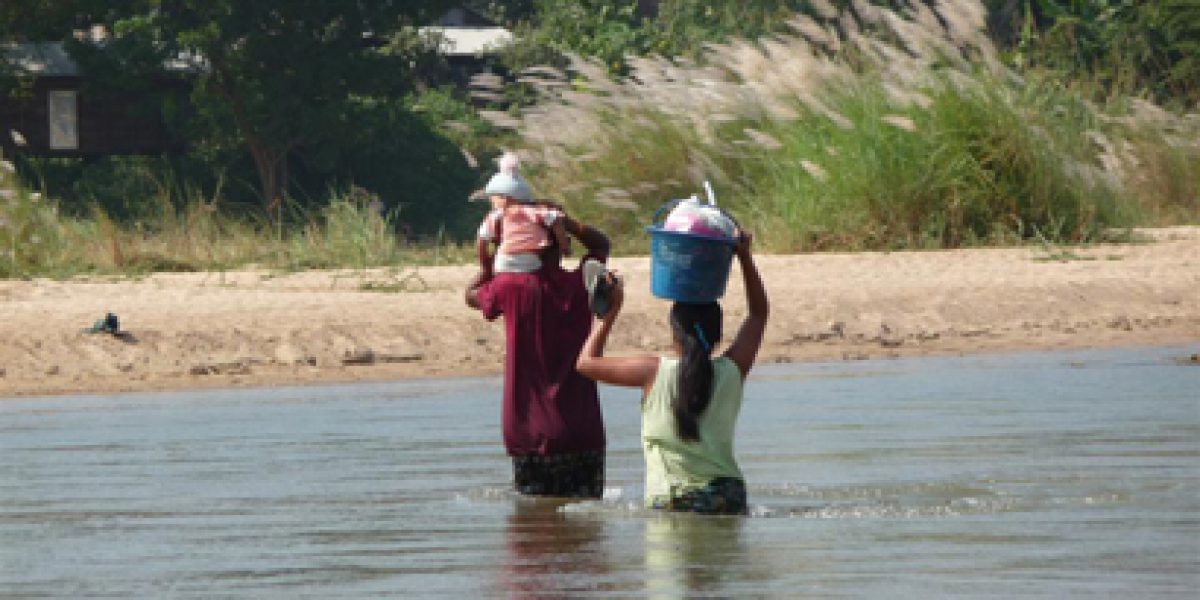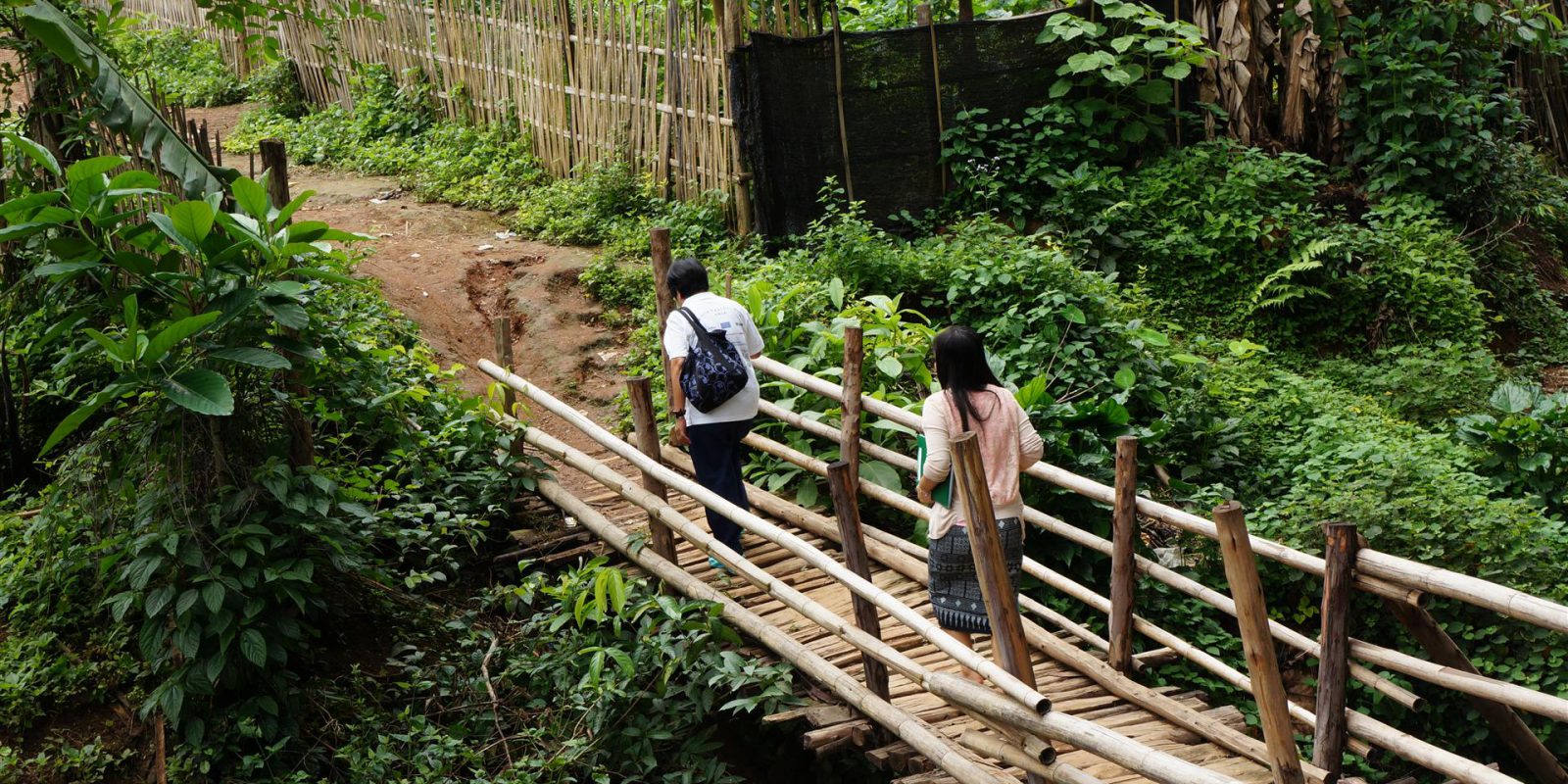Thailand: Influx of people fleeing violence in Burma continues
16 December 2010|Oliver White

Bangkok, 16 December 2010 – The Thai-Burma border has become a site of international concern as fighting continues along the border in Karen state between the Burmese military and insurgent group, the Democratic Karen Buddhist Army (DKBA).
Since Burma’s military-controlled elections last month, people have been fleeing to Thailand to avoid the violence. While Thai authorities have allowed most to enter the country, the majority at known refugee sites have been told to return to Burma within a matter of days, or in some cases, hours.
NGOs have continued to report similar instances of returns at other sites along the border since an estimated 20,000 refugees fled Burma the day after the elections.
Some comply with the Thai military and return home, only to come back over the border once more when conflict breaks out again. Others choose to stay in Thailand, hiding in local households, along the river or in the forest.
“Civilians in Burma are entitled to protection under international humanitarian law as long as the conflict continues. However, such reports indicate that this is currently not being respected by either party to the conflict”, said Kraisak Choonhavan, deputy leader of Thailand’s Democrat Party.
Ensuring safe returns
Nearly 1,200 refugees from villages in eastern Burma were taking shelter at Mae Kon Ken site, in Mae Sot District along the western Thai border, when they were told to return home on 7 December.
Although many did not feel it was safe to do so, more than 300 returned home the next day. However, when fighting resumed, they fled back to Pophra District, south of Mae Sot.
These same refugees were returned to Burma again early the next morning, before fleeing yet again back to Thailand hours later when fighting resumed a third time in as many days. While many returned to the official Waleh site, many more have gone into hiding on Thai soil to avoid repatriation.
These are only the most recent examples of people being told to return to Burma, a country where they do not feel safe, under the directives from Thai authorities.
While people continue to cross the border daily, it is difficult to estimate how many refugees have remained in Thailand. Community networks have identified at least 3,400 new refugees in the Thai border province of Tak as of 14 December, but real numbers are likely much higher.
“While Thailand is not a state party to the 1951 UN Convention Relating to the Status of Refugees, Thailand has an obligation under customary international law of non-refoulement of persons to places where their life or freedom is at risk. International law also obliges Thailand to allow asylum seekers access to Thai territory to seek asylum”, Mr Choonhayan went on to say in a public letter to Thai military and government officials.
Refugees who fled across the border to Pophra District are reportedly unable to return to harvest their crops. Some who have fields directly across the border, “can literally see their crops rot, but are not willing to put themselves in harm’s way,” one NGO official said.
JRS is working with the UN refugee agency (UNHCR), NGOs and community networks to meet the needs of these new refugees. JRS, together with other agencies, is also advocating to local authorities to extend periods of asylum, to grant full NGO and UN access to all temporary refugee sites and to verify safety in the place of origin before refugees are returned to Burma.
JRS continues to participate in a series of meetings with NGOs, the UN, and military and Thai government authorities to discuss ways of ensuring refugees are granted adequate protection.
At a follow up to the meeting with the National Human Rights Commission (NHRC) in mid-November, JRS was once again invited by the NHRC for a meeting in Mae Sot on 13 December.


